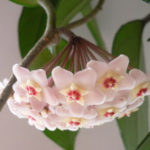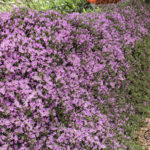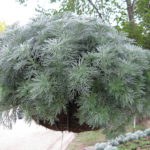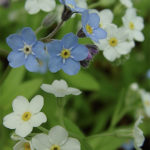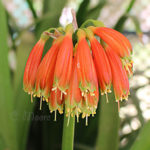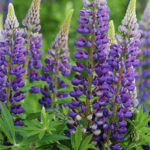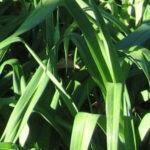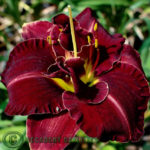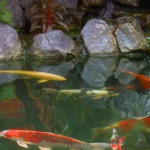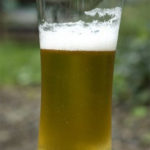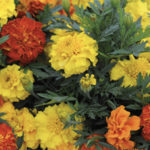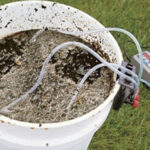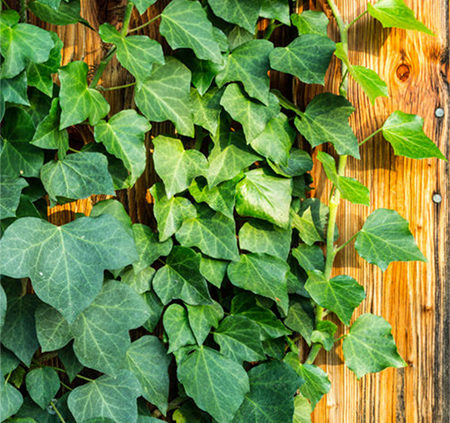
English Ivy Climber Care
English Ivy: All That You Wanted To Know About English Ivy
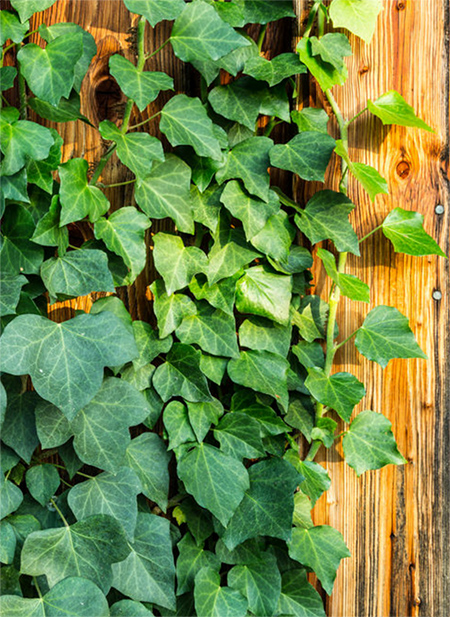 The English Ivy is a very popular plant that many people love to grow indoors as well as shady areas in outdoor gardens. This is an evergreen vine that you will find clinging onto house walls, wild areas, home gardens and also waste spaces. The bionomical name of English Ivy is Hedera Helix where Hedera is the generic name of the Ivy Plant. It belongs to the Araliaceae family. This plant does not need any maintenance and will easily grow on almost any surface.
The English Ivy is a very popular plant that many people love to grow indoors as well as shady areas in outdoor gardens. This is an evergreen vine that you will find clinging onto house walls, wild areas, home gardens and also waste spaces. The bionomical name of English Ivy is Hedera Helix where Hedera is the generic name of the Ivy Plant. It belongs to the Araliaceae family. This plant does not need any maintenance and will easily grow on almost any surface.
Description of English Ivy
The English Ivy climber plant is an evergreen perennial, a climbing plant that grows to about 20 to 30 metres in height if it is able to find suitable places like walls, cliffs, and to climb up tree trunks to spread its roots. These roots will grow along with the stems. The plant can also grow as a groundcover if it does not have or find any vertical support to cling on to. The aerial roots are the thing that allows it to climb anywhere. The leaves of English Ivy are alternate and are about 2 to 4 inches long and have 0.6 to 0.8 inch petiole. There are two types of leaves on the English Ivy Plant, one is the five lobed budding leaves that are seen on creeping stems and the other is the unlobed adult leaves that are seen on the flowering stems. The flowers of English Ivy are very small and are just 3 to 5 cm in diameter.
They are seen on the plant during the late summer to late autumn period. The flowers are greenish yellow and contain a lot of nectar. The plant also bears purple-black to orange-yellow fruits in the form of berries.
Growing English Ivy plants
- The English Ivy Plant has to be planted in a shady area and it should be planted in a soil that is organically rich. If the soil does not have organic matter, then it is better to add some compost and organic manure to the soil before planting.
- The plant needs to be spaced at least 18 to 24 inches apart to allow it to cover the area quickly.
- They prefer to grow in darker and rough surfaces where there is neutral pH. It loves to grow in moist, shady and areas where there is no direct exposure to sunlight.
- The first year growth is very minimal and you will see some decent growth during the second year after planting. The plants will really start to show growth in
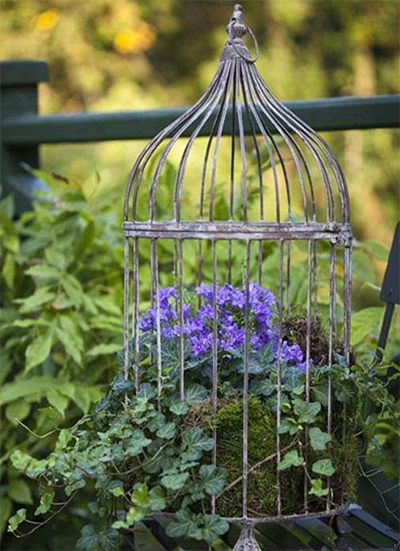 the 3rd
the 3rd - They can also be grown in pots or containers. All you need to do is to provide them with a vertical structure in the pot to allow them to grow vertically.
- They can also be grown in hanging baskets and can look superb when they can be allowed to roll over the edges.
- Potted English Ivy are also clipped and trained as topiary plants. You can make your own topiary with the modern styles by covering bird cages – birdcage planter photo, Potted indoor ball topiaries, trained into a spiral, twisted and twirled around hoops, animal feature topiary or any imaginative creation can be created to your preference. You can even make use with variegated varieties.
Caring for English Ivy
The English Ivy Climber does not need much care. Ensure that you water the plants regularly so that the soil is always kept moist. This is to be done till the plant starts to grow and get established. They will grow well in moist soil, but can also tolerate dry conditions once they get established. The plant does not need any fertiliser. If you find that their growth is not up to the mark, you can spray diluted liquid fertiliser on them or water in at the roots.
The trailing vine can form dense coverings and can grow for decades and can begin to prove to be a very vigorous grower over time. With its strong lush leaves, once creeping English ivy vine starts to grow and cover quickly, it can become very invasive if its not trained and kept in check.


